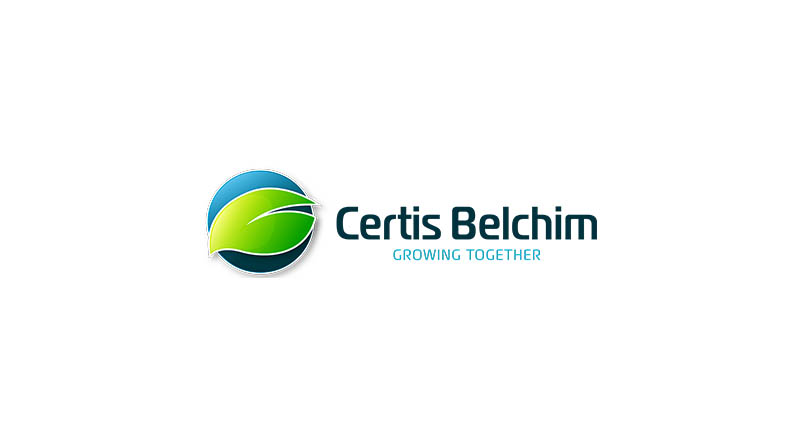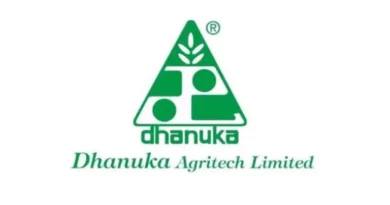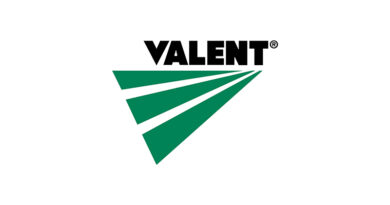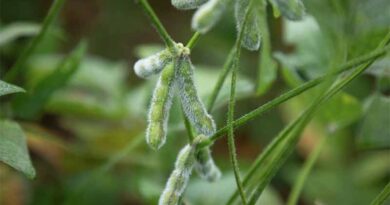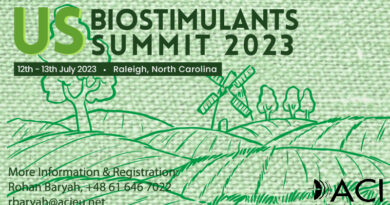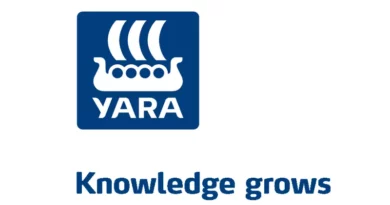New, widely applicable insecticide is warmly welcomed
05 September 2023, US: Neudosan is a new, broad-spectrum insecticide/acaricide of natural origin whose use is permitted in ornamental crops as well as in many open field and protected food crops.

The authorisation of Neudosan, which has been available in some surrounding countries for some time, has been eagerly awaited in the Netherlands. The number of permitted insecticides/acaricides has steadily reduced and those resources that are still available are often of limited use. Neudosan has a multiple effect based on fatty acids and potassium salts, against which no resistance is possible, and natural enemies and pollinators remain largely unaffected. This allows the product to play a key role in resistance management and Integrated Pest Management (IPM) strategies. Thanks to the broad label, the good contact effect on all developmental stages of sucking insects and other favorable properties, this biorational is an essential addition to the arsenal.
“Based on the results of trials in the Certis Belchim Innovation Center and on good user experiences in Belgium, Germany and other countries, the product will play a key role in resistance management and IPM”, explains Aron Boerefijn, Technical Account Manager Greenhouse Horticulture, Certis Belchim.
Composition and mode of action
Neudosan contains several potassium salt/fatty acid compounds (C7-C18) extracted from rapeseed which have multiple effects. The active substances seriously affect the cell structure of the skin or the exoskeleton of insects and spider mites at all stages of development, i.e. from egg to adult. They also damage the respiratory organs (tracheae) and block oxygen uptake, causing affected insects to suffocate after a short time. The first results become visible in just a few hours.
Formulation
The new agent is formulated as a liquid, water-miscible concentrate. It remains stable and clear over a wide temperature range. This differentiates Neudosan from agents with a comparable effect but formulated differently, which go cloudy and separate at low temperatures. “It is a user-friendly product with few practical limitations,” says Boerefijn. “You can use it straight from the refrigerator.”
Neudosan lowers the surface tension of the spray liquid and in that respect behaves like a super wetting agent. When used in combination with other agents, no specific (super) wetting agents are required.
Good knock-down
The product is a true contact agent, with no systemic or translaminar action. This means that the spray must hit the insects to be effective. After the spray liquid has dried, the product no longer works. It is therefore crucial to spray carefully with sufficient water, preferably under slow drying conditions. When used correctly, there is a broad and rapid effect on sucking insects such as thrips, aphids, mealybugs, scale insects, whitefly, spider mites and pear psyllids, regardless of their developmental stage.
Due to the nature and mode of action of the active substances, insects and spider mites cannot develop resistance to Neudosan. Biological control agents and pollinators are unaffected or only affected to a limited extent. As a result, this natural remedy fits perfectly in IPM strategies and can play a key role in resistance management as a basic agent and alternation partner.
In each cultivation cycle or calendar year, a maximum of five (three for berries in open cultivation) applications are allowed at a concentration of 2% and a crop-dependent maximum quantity of 14 to 18 l/ha. In practice, a dosage of 1.5% has proved to be sufficient and this is the recommended dose used by Certis Belchim. There must be an interval of at least five days between two treatments. Application must be with properly adjusted spray equipment or Dosatron (precision dosing). Sufficient water must be used to cover all parts of the crop with spray liquid without dripping off. A space treatment using atomisation is not recommended, because this can result in insufficient contact effect. Neudosan can be mixed with most plant protection products, with the exception of products based on fosetyl aluminum, sulfur and metal ions (such as zinc, copper and iron). It should not be applied in combination with pH-sensitive agents and foliar fertilizers.
The new insecticide was presented to advisers and representatives of horticultural suppliers in April by Aron Boerefijn. He explained the details of the product, answered questions and guided visitors through the trials in the Certis Belchim Innovation Center, which is located within the World Horti Center in Naaldwijk.“Our resellers’ advisors are cautious by nature, but the first reactions were definitely positive,” says the Technical Account Manager. “Of course, we hope that Neudosan will quickly find a place in practice, because after the warm welcome it will have to live up to their expectations. In the meantime, we are working on the further expansion of the label. We are pleased with the current broad approvals, but some important crops are still missing. For greenhouse horticulture, these are mainly strawberries and soft fruit.”
Also Read: Swaraj launches 5 new tractors in the 40 to 50 HP category; Onboards MS Dhoni as brand ambassador
(For Latest Agriculture News & Updates, follow Krishak Jagat on Google News)

